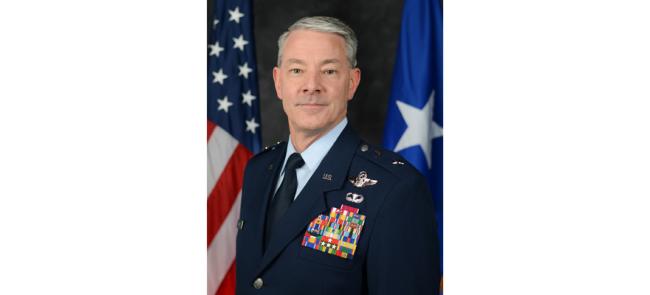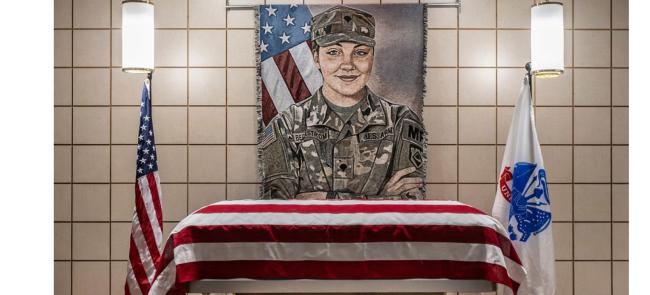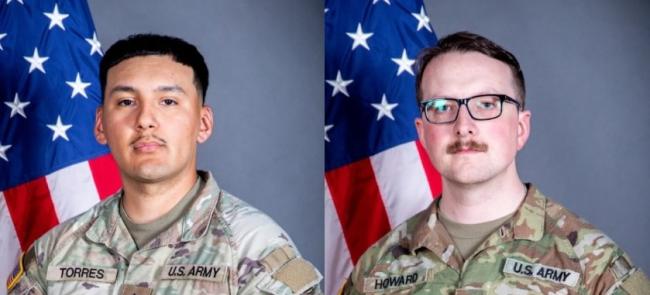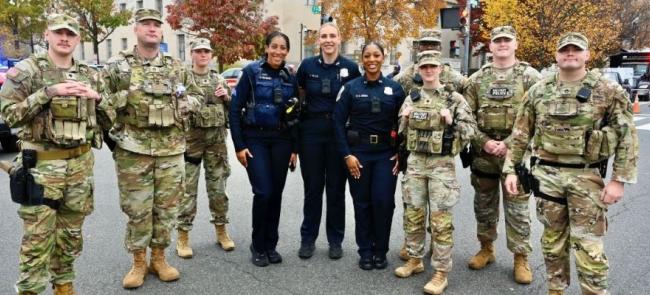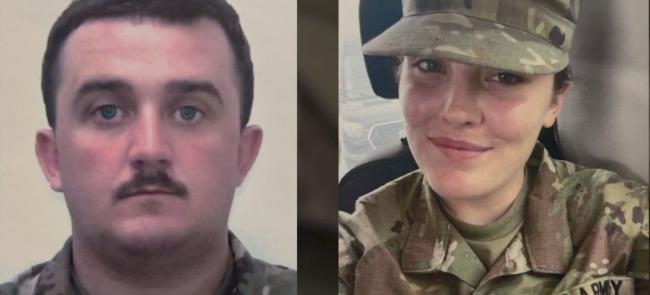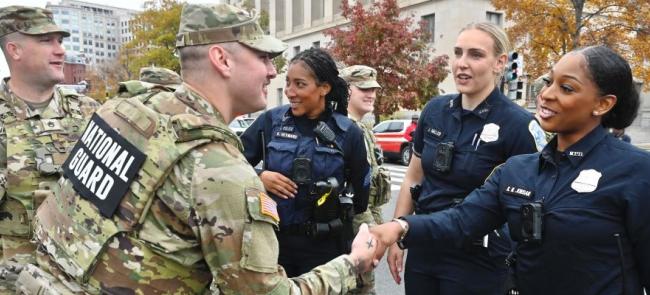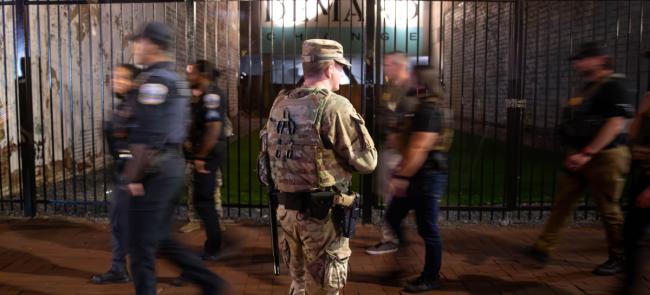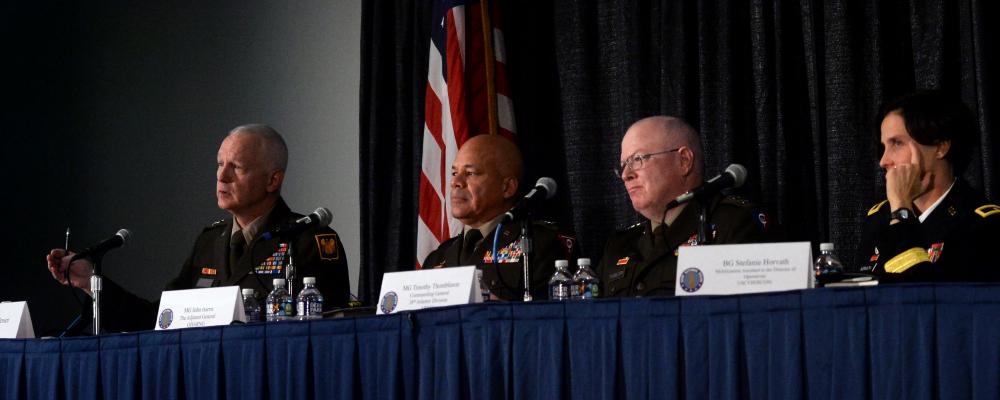
Five Army National Guard leaders have shared how the force plans to attract new talent and modernize alongside the Army.
During a recent forum, the group discussed recruiting and retention, division realignment, adapting to digital culture, climate resiliency and how these concerns impact modernization efforts overall.
Lt. Gen. Jon Jensen, the Army Guard director, led the panel, which occurred during the Association of the United States Army's annual conference in Washington, D.C.
Recruiting constraints and adaptive strategies dominated the 90-minute conversation.
The Army Guard missed its fiscal 2022 recruiting goal by about 12,000 troops, leaving the component more than 6,000 soldiers below its authorized end strength of 336,000 personnel.
"I’m a strong believer that recruiting is about connections,” Jensen said, adding the COVID-19 pandemic impacted the ability to make those connections.
Maj. Gen. John Harris, the adjutant general of Ohio, agreed.
Harris said the Army Guard must take a nuanced approach to understanding all factors that contribute to an individual’s propensity to serve.
“I just don’t accept that propensity to serve is decreasing,” he said.
"We can’t think of this ‘propensity’ issue as a monolithic challenge that we can’t overcome," he added. "It’s very important that we dissect it and get after solving it."
Harris said he believes some factors contributing to recent recruiting struggles include a decline in direct military ties in American families, stringent recruiting and vaccine requirements and negative public perceptions about the risks of military service.
Harris touted the Army Guard’s 11% attrition rate for fiscal year 2022 — which exceeded the goal of keeping attrition below 13% — as a positive sign soldiers are choosing to stay in uniform.
Yet Harris acknowledged the Army Guard’s biggest challenge is putting resources toward recruiting more enlisted members.
"I’m not talking about just accession and retention bonuses," Harris said.
"While they provide a short-term fix, they do not fix the underlying conditions that are impacting our ability to recruit and retain talent," he continued.
That impact must be addressed, Harris added, noting long-term military retention matters as it helps build cohesive teams.
Maj. Gen. Timothy Thombleson, the commander of the 38th Infantry Division headquartered in Indiana, outlined how his teams are reorganizing and preparing for the future fight as part of Total Army modernization efforts.
The preparations include returning to the division as the primary combat formation.
"It’s a great time to be one of the Army National Guard division commanders as we re-establish the division across the nation as the unit of action and move away from a brigade-centric unit of counterinsurgency,” Thombleson said.
The realignment will better enable the Army Guard to plan training and operations with subordinate units in different states, setting the conditions for large-scale operational readiness.
The shift also means the Army Guard will modernize in a predictable and sustainable manner.
Jensen said that under regionally aligned readiness and modernization plans, timelines are tailored to provide predictability and disperse the impacts of demanding implementation requirements on units, soldiers and families as much as possible.
He encouraged leaders to communicate modernization and lifecycle schedules to keep troops fully aware of their role in the process.
"We have to be very careful of the perception that if my unit is not part of a modernization effort now, then I’m not relevant,” Jensen said.
"We’re going to have a period of time where there’s tiered modernization — not tiered readiness — and I would say that’s the case across the Army,” he added.
Thombleson emphasized the Army Guard’s commitment to readiness through continued and realistic battlefield training.
He also stressed the need for interoperability and synchronized information across the force.
The Army Guard is innovating its communication platforms to reach those capabilities.
Brig. Gen. Stefanie Horvath, the mobilization assistant director of operations at U.S. Cyber Command, described a data-centric approach that distributes timely and relevant information to the networked division staff for using when planning operations.
“With data-centricity, division staffs no longer have to chase spreadsheets in the inbox or push data that’s not relevant because everyone is now using the same data source in a variety of views,” Horvath said.
“This opens up staffs to conduct more analysis and do more division coordinating activities,” she concluded.
Data-centricity also has applications off the battlefield, including helping soldiers get paid on time.
Horvath argued modernization drove “us to create something that didn’t exist before."
Modernization also means the Army Guard is implementing projects aligned with Army climate strategy goals for installation resiliency and training for extreme weather conditions.
"The Army Guard is adhering to the Army climate strategy by constructing microgrid projects, incorporating alternate energy sources, transitioning to an all-electric non-tactical vehicle fleet, retrofitting our facilities to improve energy efficiency and savings,” said Col. Anthony Hammett, the Army Guard’s chief of installations, environment and energy.
"As [Army] Secretary [Christine] Wormuth has stated, climate change isn’t a distant future; it’s a reality and must be addressed now,” he added.
When asked what issue keeps him up at night, Jensen said he is most concerned about doing everything he can to make Army Guard life more predictable and sustainable for soldiers, families and employers.
"As leaders, we have to be mindful of the soldier, their family and their employer,” he said.
"Every unit counts, every soldier counts and readiness counts," Jensen finished. "And it all starts with filling our formations."
— By Lt. Col. Rob Perino, National Guard Bureau

